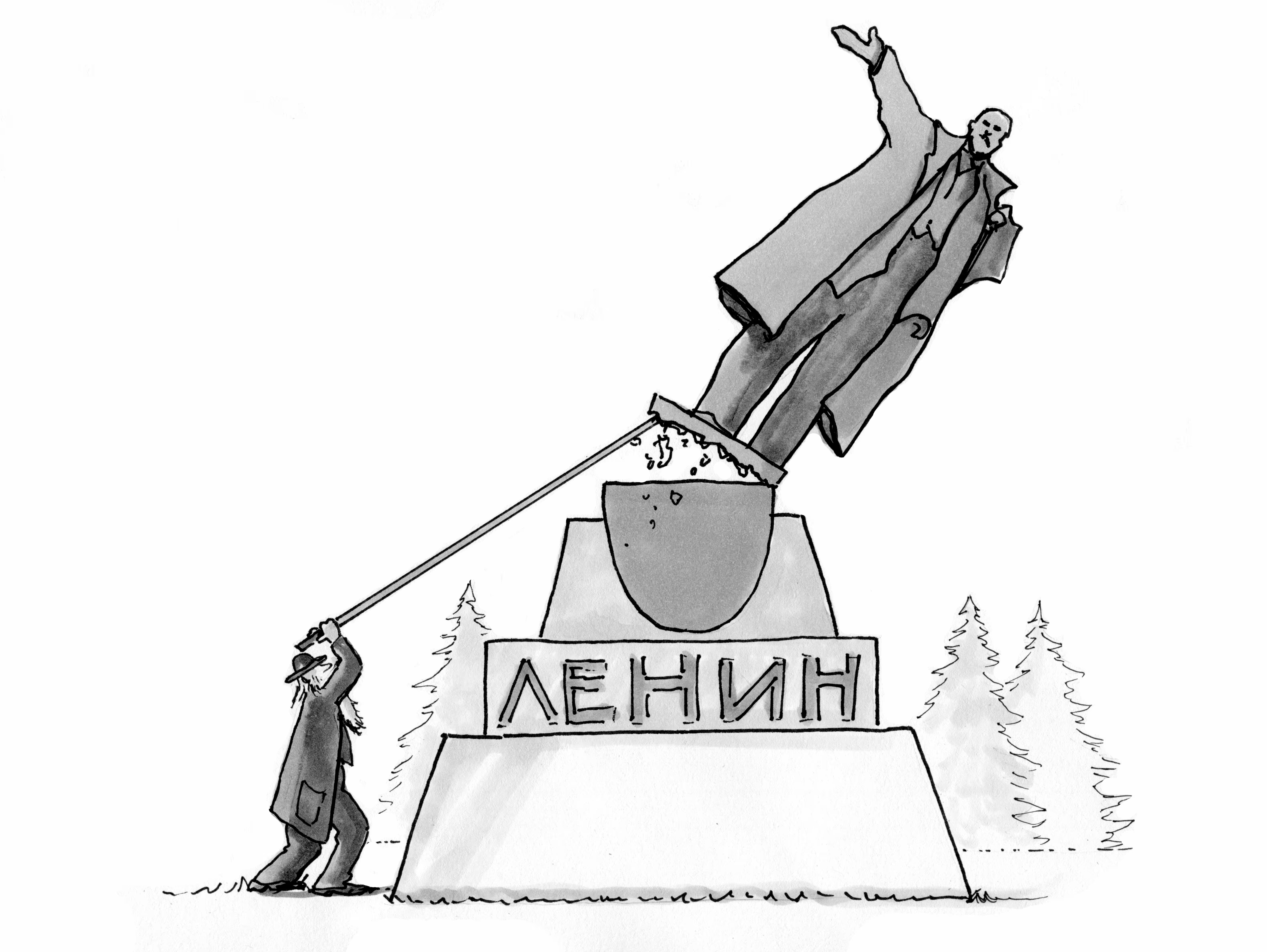The Federalist Papers explained how a UNION formed by the 13 states would provide collective benefits that the states could never achieve on their own. Not just defense, but many other collective benefits. It’s right there in the Constitution, which defines “promote the general welfare” along with “provide for the common defense” as critical roles of government.
But those benefits weren’t possible without a central government with the power to constrain and regulate the states. The Federalist’s authors understood that any political UNION must constrain lower-level interests; not only each state wanting to preserve its autonomy, but also commercial interests and indeed anyone who sought to profit from undermining, rather than contributing to the common good.
All nations have the same problem, which is why the influence of the Federalist Papers extends far beyond the USA. But 200+ years of refined thought since the Enlightenment allows us to generalize the main theme of the Federalist Papers beyond anything imagined by its authors, extending to all animal societies and indeed all living processes.
Every animal society experiences the same tension between the need to cooperate to achieve collective benefits and the disruptive pursuit of lower-level interests. In most cases, evolution results in what America would have been like if the Constitution had not been ratified: a degree of cooperation but also a lot of internal strife. In chimpanzees, one of our closest primate relatives, violent clashes to assert self-interest are over 100 time more common than in small-scale human societies. Even cooperation usually takes the form of tiny alliances clashing with other alliances. We would hate to live in such a society, just as we hate to live in human societies riven by internal conflict.
But in some animal societies, evolution results in what America became thanks to the Constitution: A well-regulated higher-level UNION that succeeds by suppressing the potential for disruptive competition and exploitation within its ranks. Examples include the social insects—the bees, wasps, ants, and termites--whose colonies invite comparison to a single organism (or super-organism). We might not want to live in these societies either—who wants to be a worker bee?—but we cannot help but admire their industry and internal harmony and to wish some of the same for our own societies. That’s why “Industry” is the official motto of the State of Utah, accompanied by the symbol of a bee hive.
Astonishingly, every entity that we call an organism, from a single-celled amoeba to the trillions of cells in your body, is a society of lower-level entities that live in harmony because evolution resulted in something like the American Constitution—a set of mechanisms that suppresses disruptive lower-level competition so that the whole can function as a cooperative unit. Life itself likely began as social groups of cooperative molecular interactions.
Although biology confirms the Federalist’s logic in politics, it is ignored by modern-day politicians and economists who portray regulation as categorically bad. Biology teaches us that an unregulated organism is a dead organism.
This is what 200+ years of refined thought adds to the Enlightenment values that informed the American forefathers. The multilevel governance needed to form higher-level, more perfect UNIONS in human society can be understood against the background of evolutionary forces that explain the presence and absence of cooperation in all living processes.
Image: “Cooperators vs. Self-Maximizers” by Julia Suits












